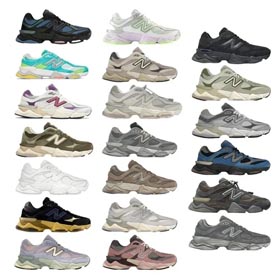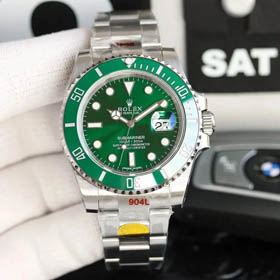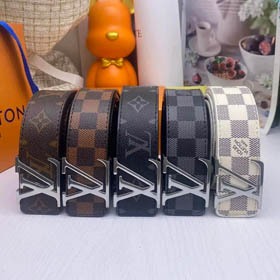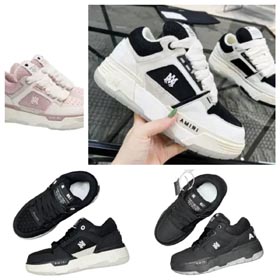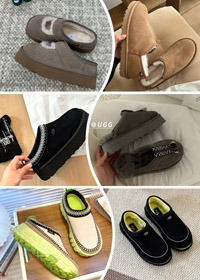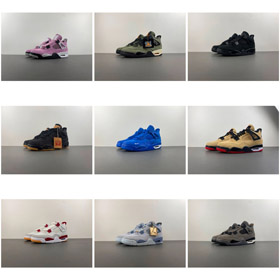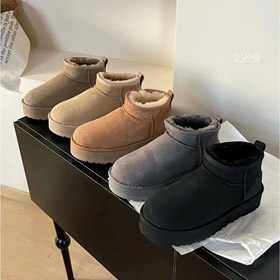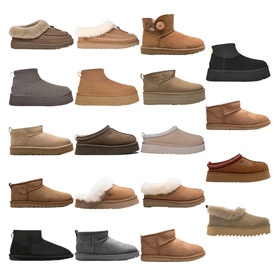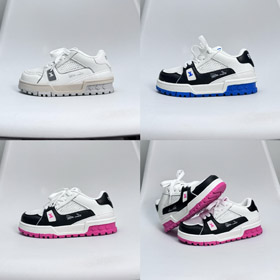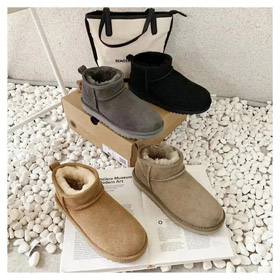At ootdbuy shoes, we prioritize delivering the best fit for our customers. To minimize size-related issues like returns or exchanges, we leverage spreadsheets to streamline size recommendations. Here’s how we do it:
Step 1: Centralizing Shoe Brand & Size Data
We maintain a structured spreadsheet with columns detailing:
- Brand:
- Model:
- Size Chart:
- Model:
Step 2: Tracking Customer Foot Measurements
Customers submit their foot length, width, and arch type. We log this in the spreadsheet alongside:
- Historic Purchases:
- Feedback:
Step 3: Analyzing for Personalized Recommendations
Using formulas (e.g., VLOOKUP or conditional formatting), we:
- Match shoe specifications against the customer’s foot profile.
- Flag potential mismatches (e.g., narrow feet + wide-fit shoes).
- Generate automated size suggestions with confidence scores (e.g., "90% match for US 8").
Real-World Impact
This data-driven approach has reduced ootdbuy’s exchange requests by 35%. Explore our collection



